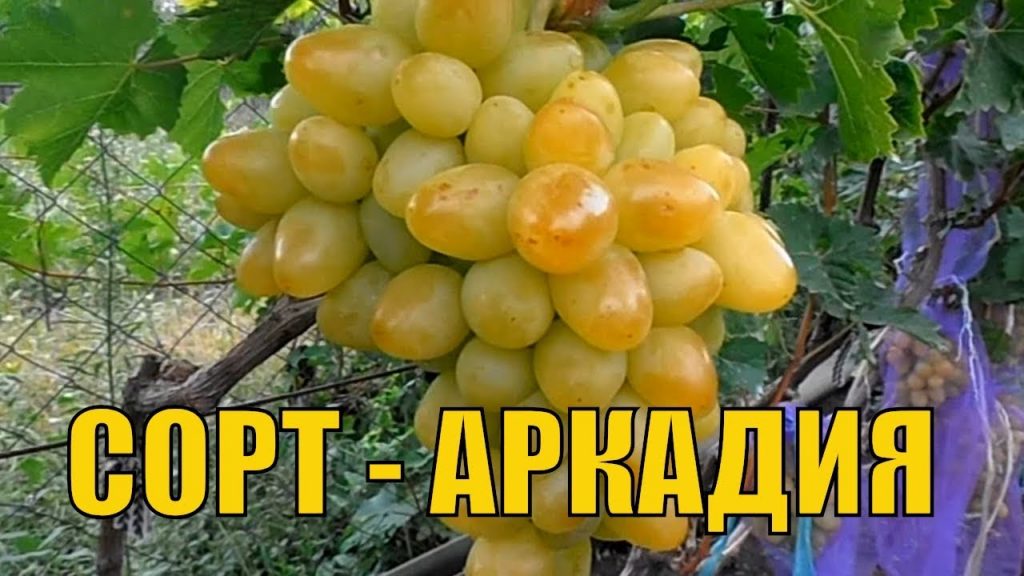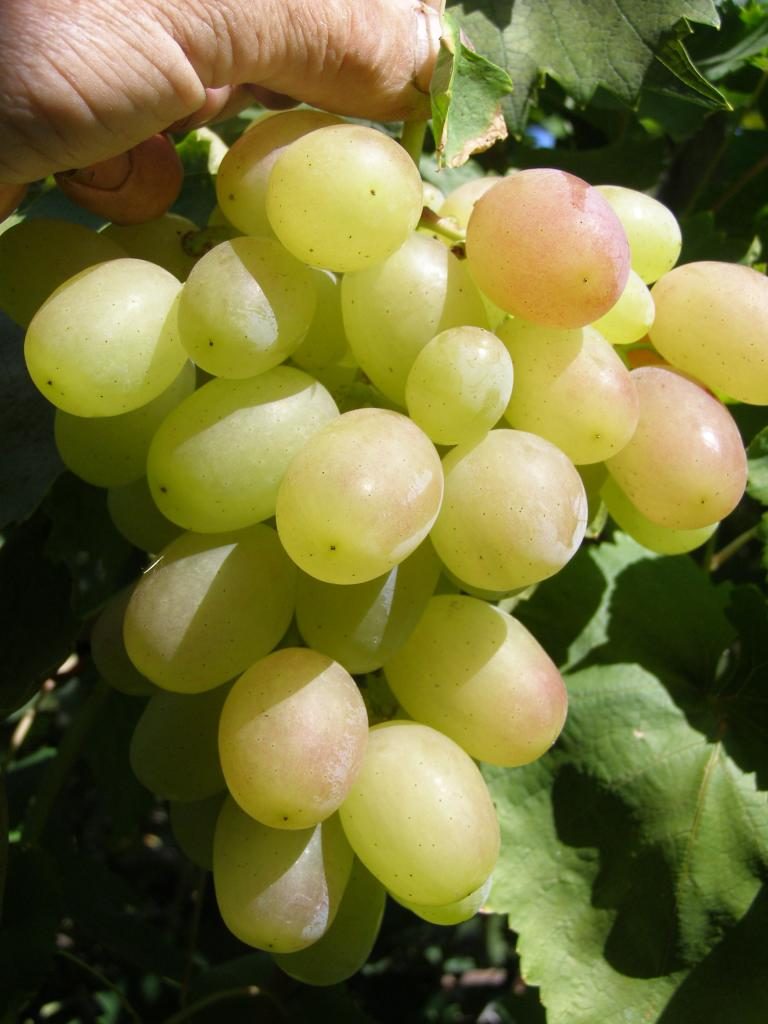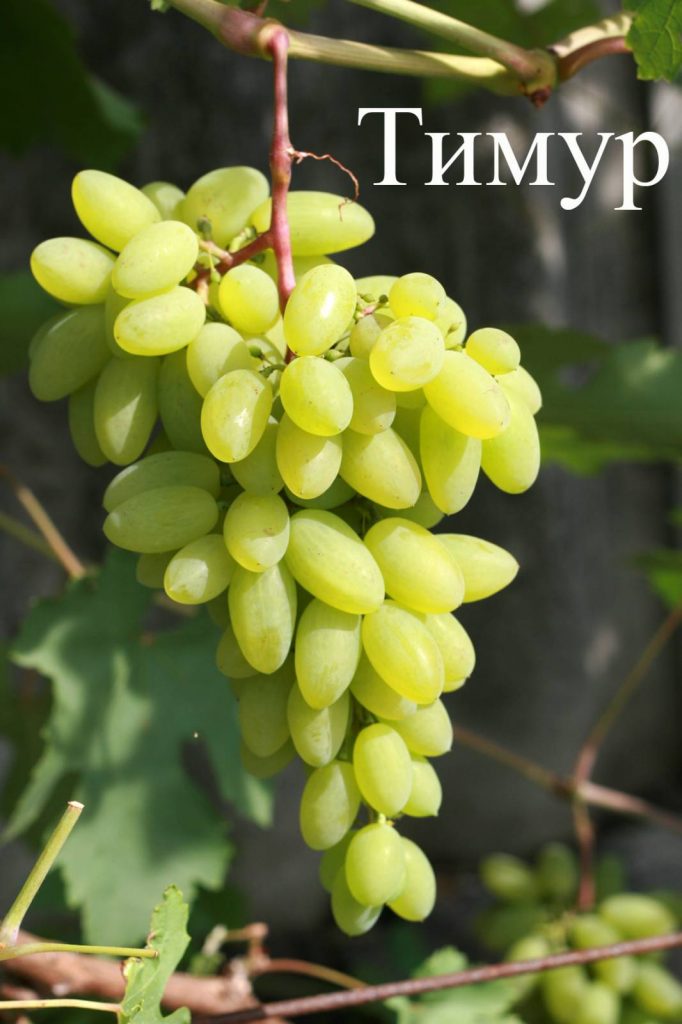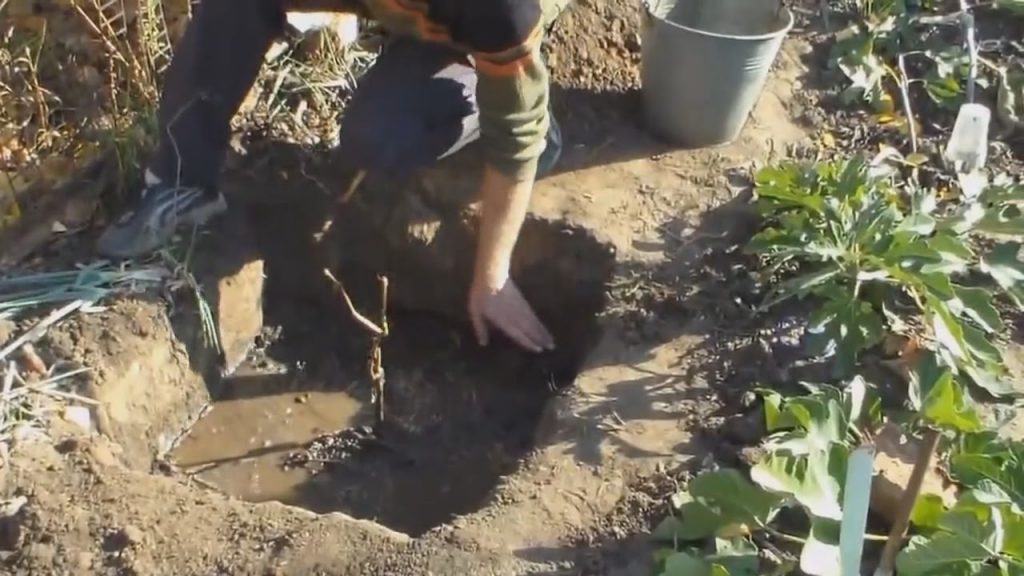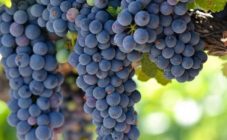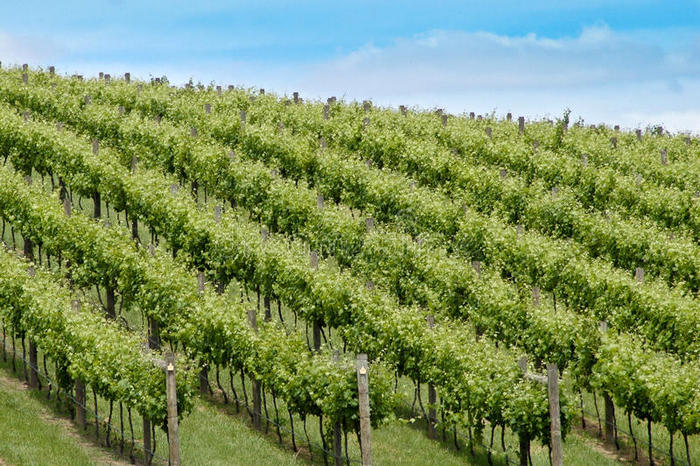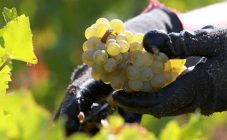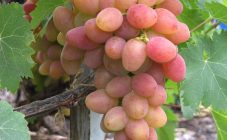Content:
Today grapes are successfully grown not only in the south, but also in the middle latitudes. Breeders are constantly working, getting all new frost-resistant, high-yielding varieties with high taste characteristics. When choosing grapes for planting, you need to remember that it must be zoned, that is, adapted for growing in the region where the summer resident lives. Beforehand, it is better to familiarize yourself with popular varieties and promising new products, so as not to regret your choice later.
The best grape varieties
Every gardener would like to have the most delicious grapes on his site. Elite varieties are now available for sale in nurseries. A description of the grape varieties will give an idea of their main characteristics and benefits. Many specialized publications regularly publish a rating of varietal varieties.
Viticulture originated 6 millennia ago. Then, for the first time, a crop was introduced from wild varieties by grafting. Conventionally, all varieties are divided into dining and technical. The first group includes beautiful in appearance, large and tasty grapes, which are a decoration of the table and are eaten fresh. Table grapes have berries with a thin skin, few seeds, and fleshy juicy pulp. The second group includes species that are used to make juices, wines, and brandy. Below will be presented the TOP-10 of the best varieties of table grapes with names in alphabetical order.
Arcadia
The variety was created by breeders by crossing Cardinal and Moldova and absorbed their best properties. When grown, the variety is characterized by resistance to cold and high immunity. The variety is uncovered, early and produces record yields with proper care. Regular feeding, moderate watering, rationing of ovaries are required. The bunches are large (up to 2 kg), the pulp of the berries enchants with the aroma of nutmeg and a delicate sugary taste.
Delight
Super early frost-resistant variety. The vine can withstand up to -26 ° C. Delight is considered regionalized for the northern regions. The variety is resistant to mildew and fungal diseases, but requires processing from phylloxera. The yield is high. The grapes differ in that the bunches can be kept on the bush for up to 1.5 months from the moment of ripening without losing their quality. The skin of large berries is thin, with a waxy coating. Muscat notes are inherent in the pulp.
Lady fingers
A mid-season variety that has long been loved by winegrowers, which has been grown in many regions for more than 100 years. This species needs shelter for the winter, the yield depends on the weather. The grapes are considered capricious and are only suitable for experienced winegrowers. He needs treatments for diseases and harmful insects. Small brushes. The berries are elongated and contain no seeds. The pulp has a pleasant taste and aroma.
Kesha
When breeding this variety, the Delight variety was taken as a basis. Kesha has a medium-early ripening period. Tall bush. The variety has good transportability and frost resistance. Requires planting in a sunny location with highly fertile soil. In leaving, responsive to feeding, watering is moderate. Thinning of the bunches is recommended. The berries are white, with a slight sour taste. Pulp with few seeds.
White kishmish
An old dessert variety with medium ripening times. Bushes are strong, powerful, but not very productive. Indicators of frost resistance are average. Requires preventive treatments, timely trimming and rationing of brushes. The bunches are medium-sized and have low transportability. The harvested crop must be eaten in a short time or put on raisins. Berries are oval, juicy, sweet, absolutely devoid of astringency.
Strashensky
Aronia mid-early grapes. Average winter hardiness, poorly tolerated transportation. The yield is gradual. The Strashensky variety is prone to mildew and gray rot, but is resistant to mildew, phylloxera and spider mite attacks. When grown, requires regular pruning. The weight of the bunches does not exceed 1 kg. The berries are beautiful, tasty, juicy.
Laura
The species can be called, perhaps, the largest grape. Its bunches weigh up to 2.4 kg with huge berries. This variety has good transportability and frost resistance. It is able to withstand temperatures as low as -20-23 ° C. Laura is easy to care for and is suitable for beginners. Shoots need pruning while preserving perennial wood. Rationing of fruiting allows you to get large clusters. The species is resistant to mildew and gray mold. The pulp of this large-fruited grape has a rich taste with a high sugar content and a hint of nutmeg.
Moldova
A grape with purple berries covered with a waxy coating, intended for the southern regions. Ripening dates are late. Not resistant to frost. Requires correct molding. The vine should not be thickened. Good resistance to phylloxera and fungal diseases and insufficient to powdery mildew. Can develop chlorosis. Excellent transport tolerance. The bunches are medium in size. The taste of the pulp is ordinary, grape.
Mascot
Refers to medium early varieties. The bush is resistant to mildew, gray rot and low temperatures; it does not require winter shelter. Excellent transportability. Additional pollination is recommended to increase yields. Average weight of bunches is slightly more than 1 kg. The berries are large, yellowish, and have a nutmeg aroma.
Timur
An early hybrid. Already 2 years after planting, the bush gives a small harvest. Resistant to frost, mildew and gray mold. Often exposed to tick attacks. The variety is popular for its easy care and early ripening. Agricultural technology includes watering, feeding and pruning shoots. The brushes are medium in size. The berries are white with a reddish blush. The pulp is juicy with a nutmeg aroma.
Popular early, middle and late species
Early table and technical varieties take 4 months to fully mature. After this period, the berries will be juicy and sweet. In addition to the top varieties Arcadia, Delight, Laura and Timur, this group also includes:
- Abu Hasan,
- Aladdin,
- Amethyst Novocherkassky,
- Ardenza
- Arched,
- Athos,
- White miracle
- White,
- Outrigger,
- Victor,
- Valiant,
- Gala,
- Denisovsky,
- Ilya,
- Dawn Unlight,
- Zarnitsa,
- Golden Potapenko,
- Kishmish Zaporozhye,
- Carmen,
- Beauty of Nikopol,
- Moscow white,
- Nastya,
- Find,
- One,
- In memory of Shatilov,
- Unlight's gift,
- In memory of the teacher,
- Primitive,
- Early Magaracha,
- Rusven,
- Ruta,
- Sensation,
- Somerset Siddles,
- Supaga,
- Triumph,
- Phenomenon,
- Furor,
- Chameleon,
- Blackie,
- Express.
- Mid-early varieties include: Bogatyanovsky, Witch's fingers, Vodogray, Count Monte Cristo, Lancelot, Rodina, Furshetny, Black pearl.
- Varieties of medium-term ripening: Krasnotop, Maradona, Pink Muscat, Neretinsky, Amur's Firstborn, Gift to Zaporozhye, Ladysh, Rkatsiteli, Century, Tsimlyansky black.
- Mid-late varieties: Ataman, Malbec, Severny Sweet, Severny Plechistik.
- Late: Garnacha, Odessa souvenir, Taifi pink, Riesling, Sangiovese.
Features of agricultural technology
It is most convenient to grow grapes on a trellis, especially vigorous and bush species formed without a stem. The culture is often used for landscaping gazebos, verandas and other buildings. In order for the support to be reliable, pillars firmly dug into the ground are used, between which rows of wire are pulled. If the vineyard covers a large area, you need to provide aisles of sufficient width. It is better if the trellis is located from north to south.
For high-quality ripening of grapes, many varieties require rationing. This is necessary because the plant lays more inflorescences and ovaries than it can provide food. In such a situation, the vine does not ripen properly, and the terms of fruiting are delayed.
It is impossible to say for sure how many brushes can be left on the bush. It depends on the quality of the soil, weather conditions, trellis designs, the age of the plant and the properties of the variety itself. First of all, you need to pinch the crown of the shoot with ovaries in order to redirect the flow of nutrients. This will make the berries appear larger. The procedure is carried out at the very beginning of flowering.
Some varieties (for example, Timur) tend to pinch the shoots with their own antennae, as a result of which the nutrition of the vine is disturbed. Strong antennae must be cut off with a secateurs. The bush should be thinned out in a timely manner, eliminating the stepsons. This can be done during the entire growing season. In mid-August, to accelerate the ripening of the bunches, minting is carried out - the green part of the shoots is cut off by 30-40 cm.
Too dense clusters are thinned out, removing up to 30% of the ovaries. Some varieties require half of the berries to be removed. This should be done when the grapes become the size of a pea.
Promotes yield and proper watering. The first time the bushes should receive moisture in March, if the winter was little snow, or in April before the eyes revive. The second watering is carried out about 3 weeks before flowering, but not before it. Moistening the grapes as the buds open will result in poor pollination and loss of ovaries. The turn of the next watering will come at the time of pouring the fruits. The volume of water must be significant.
In the heat, you can not water the bushes with cold water. The roots do not tolerate temperature changes well. It is best to water the vine early in the morning. Autumn watering is carried out according to the weather. In a rainy autumn, grapes are not watered. With a covering method of growing, the bushes are watered immediately after warming in late October or early November.
It is convenient to apply top dressing simultaneously with watering. The seedling begins to fertilize from 2 years after planting. In the spring, nitrogen-containing dressings based on poultry manure and rotted manure are relevant. In the middle of summer, the bushes should receive phosphorus and potassium in the form of mineral fertilizers or wood ash. It is also good to use supplements with humic acids in the composition.
Variety of choice
Today, there are absolutely no problems with choosing a grape variety for planting. Especially in this regard, residents of the southern regions were lucky. They have access to early, mid-ripening and late grapes. Summer residents in the Middle Lane have learned to grow technical for open ground and international table varieties.
In recent decades, thanks to selection, varieties have appeared that can withstand the harsh winters of Siberia and the Urals, although these zones belong to the zones of risky agriculture. When choosing which variety is most suitable for northern latitudes, you need to pay attention to the winter hardiness indicator and the ripening time. In a harsh climate, only early grapes can successfully ripen.
Breeders were able to breed not only winter-hardy varieties, but also species resistant to major diseases of the crop, plants with unusually large clusters and seeds devoid of seeds. In addition to yellow grapes, varieties with red and almost black clusters are grown. Also, the taste of berries is constantly being improved. And yet, amateur gardeners have to put a lot of work into growing this crop. Only adherence to agricultural technology and careful care will allow you to get a decent harvest of grapes on your site.
